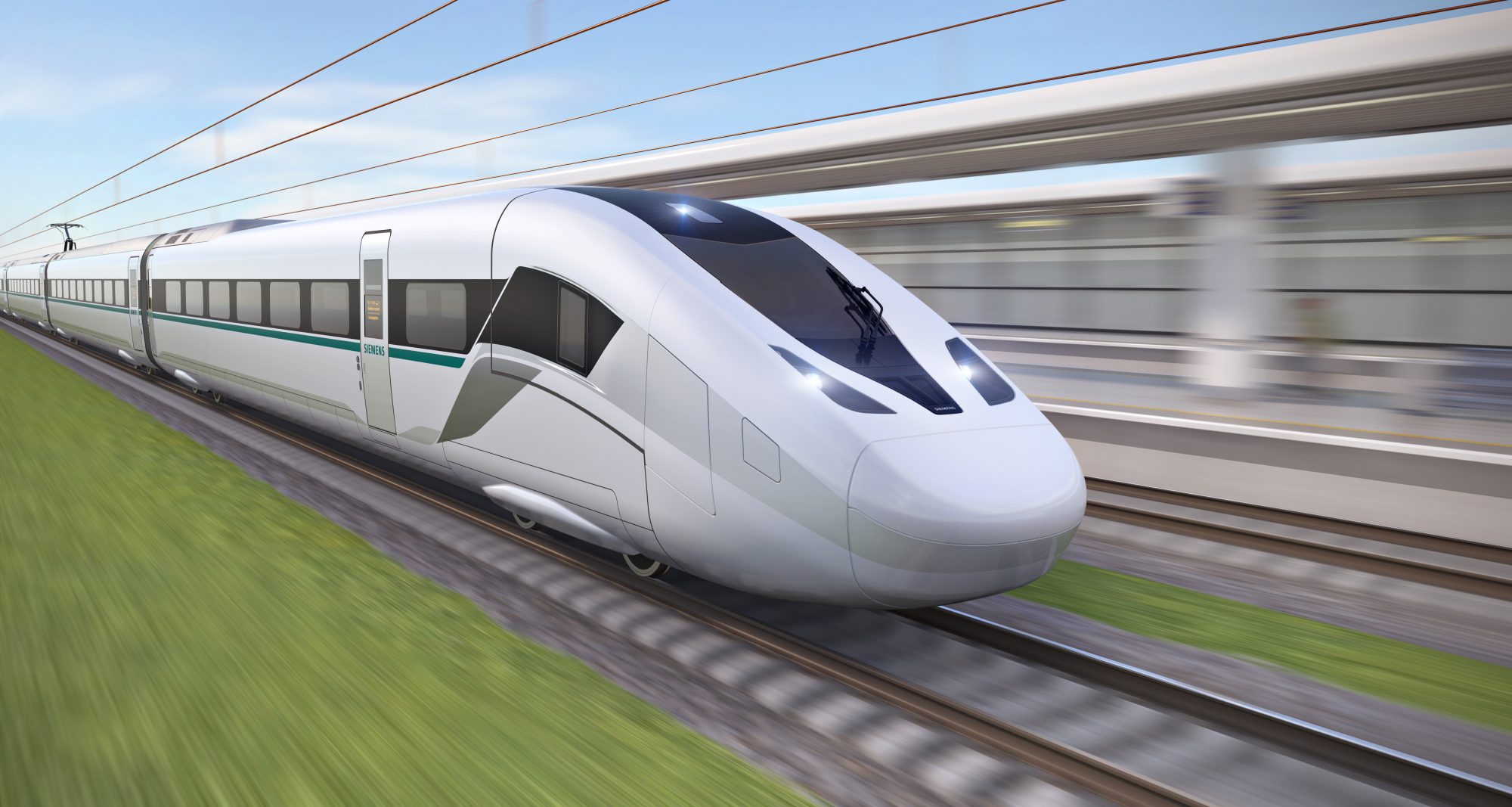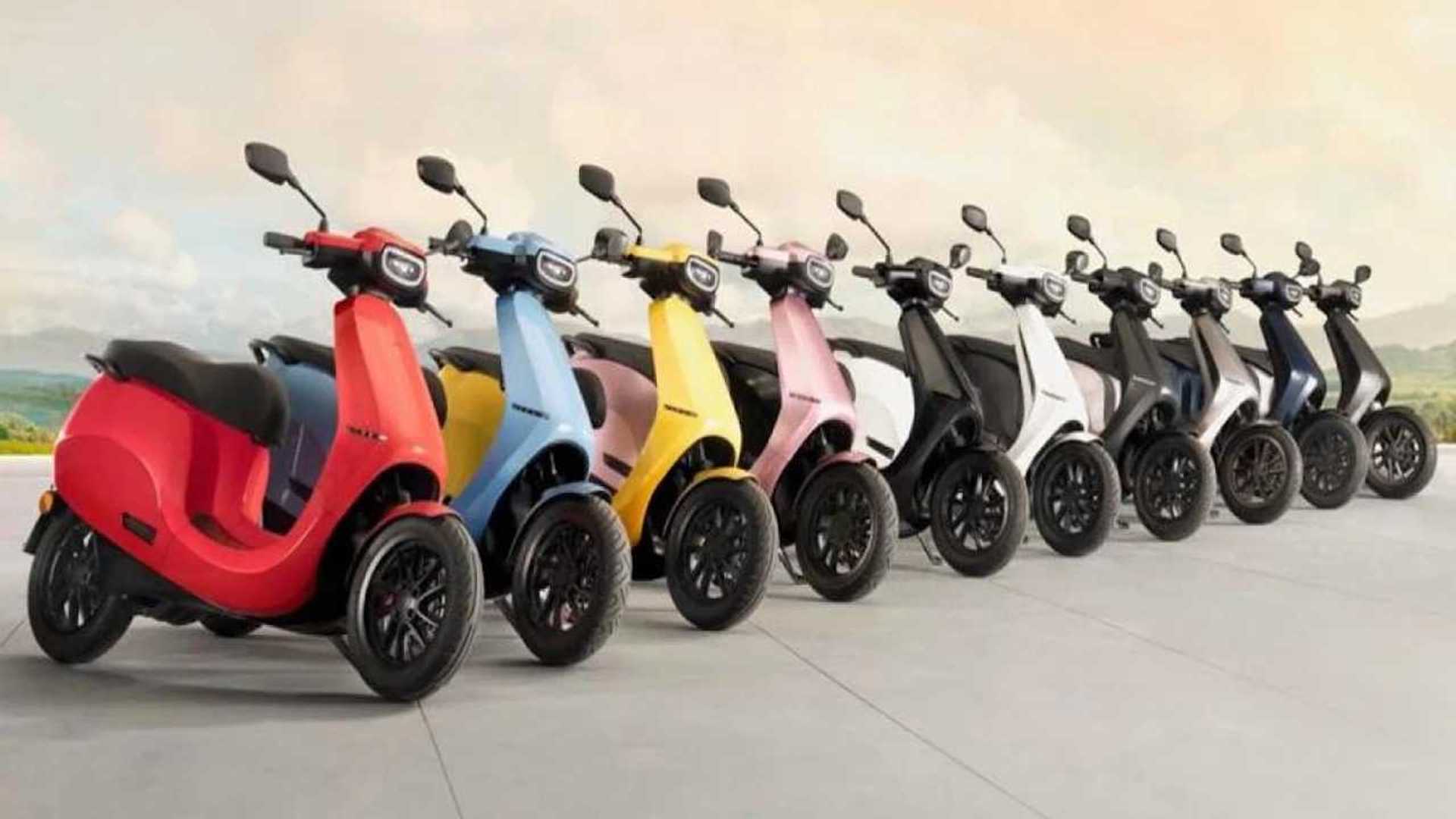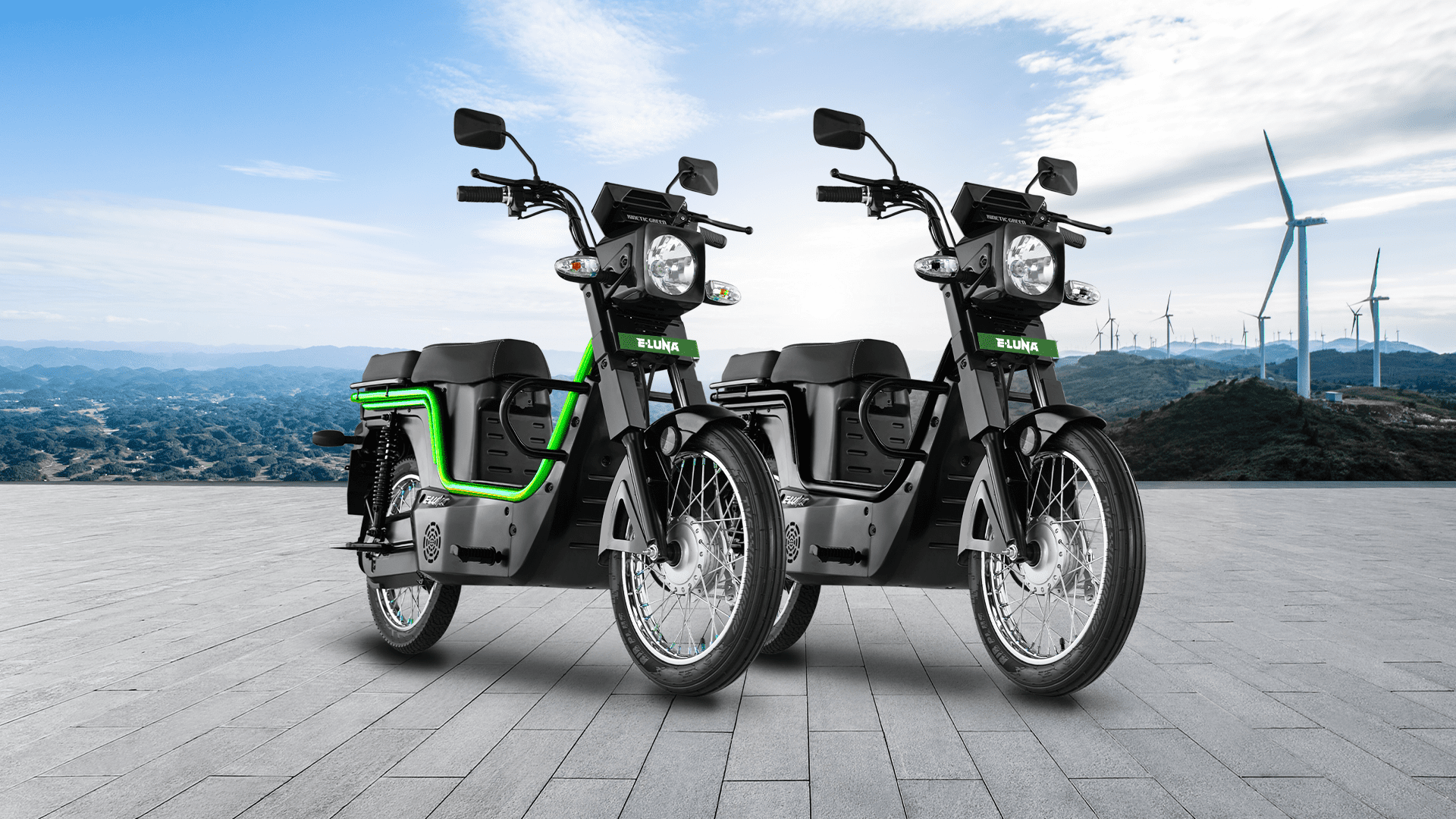Table of Contents
The Kawasaki Hydrogen Bike is making waves in the world of clean and sustainable motorcycles, offering an innovative solution to the need for eco-friendly high-performance vehicles. As the global shift towards greener technologies accelerates, Kawasaki is entering the race to develop hydrogen-powered bikes, taking on established competitors like Suzuki.
This cutting-edge motorcycle utilizes hydrogen fuel cells to deliver both power and zero emissions, positioning itself as a game-changer in the clean speed race. As hydrogen technology continues to evolve, the Kawasaki Hydrogen Bike could be at the forefront of transforming the way we think about performance motorcycles.
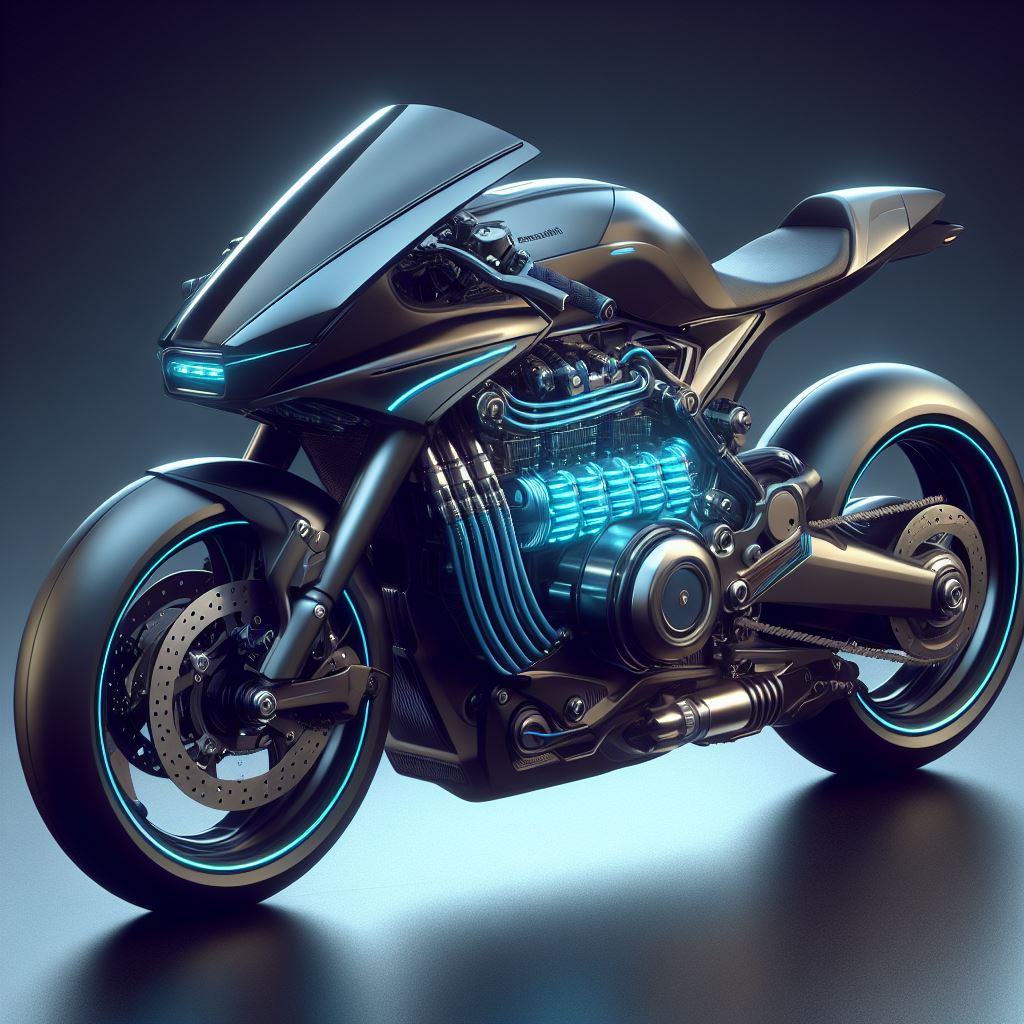
The aim to minimize or eliminate tailpipe emissions, diverging from traditional petrol or diesel-powered vehicles. Hydrogen stands out as a prominent contender in the pursuit of cleaner energy, and Kawasaki is the latest two-wheeler manufacturer to embrace this cutting-edge technology.
Embracing Hydrogen Innovation: Kawasaki Hydrogen Bike
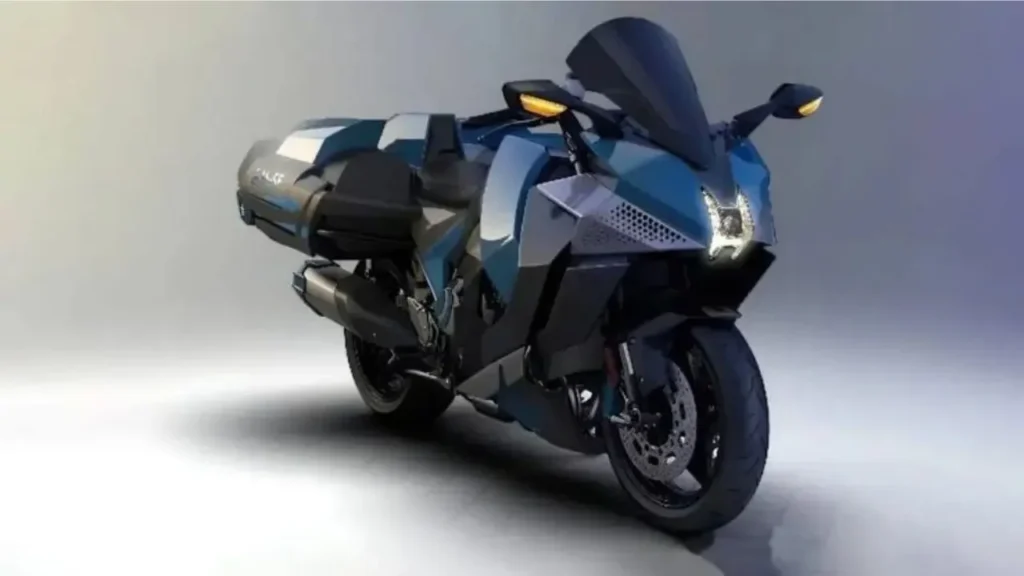
Following Suzuki’s recent reveal of the Burgman hydrogen concept, Kawasaki has now stepped into the spotlight with its hydrogen-fueled motorcycle.
This development comes hot on the heels of Kawasaki’s introduction of the HySE-X1, a four-wheeled experimental vehicle designed to participate in the Mission 1000 program at the 2024 Dakar Rally. The unveiling took place at Kawasaki Heavy Industries’ Group Vision 2030 Progress Report Meeting on December 12, 2023.
Design Inspiration and Characteristics

Crafted under the umbrella of Kawasaki’s HySE project, this hydrogen-powered motorcycle draws inspiration from the manufacturer’s renowned superbikes. Displaying a muscular sports bike aesthetic, the vehicle features a robust and sculpted design.
Notably, an H-shaped LED daytime running light encircles the LED projector headlamp, contributing to its distinctive appearance. A lengthy windscreen, accompanied by chunky wing mirrors integrating LED turn indicators, complements the fully faired bike. The blue accent on the motorcycle signifies its commitment to a cleaner powertrain.
Exploring the Features

Moving to the side profile, the Kawasaki hydrogen bike boasts a substantial exhaust and two large box-like structures resembling panniers. Despite the sports bike classification, these are unlikely to be conventional panniers.
Additionally, the bike showcases a split LED taillight. While Kawasaki has not yet disclosed specific powertrain or performance details, anticipation mounts for forthcoming revelations.
Key Insights into Kawasaki’s Hydrogen-Fueled Motorcycle Concept
1. Conceptual Stage and Release Timeline
The hydrogen-fueled motorcycle codenamed “H2,” currently exists as a concept without an official release date. Kawasaki introduced the concept in 2022, targeting a potential release in the 2030s.
2. Aggressive Design Influences
Derived from the design elements of Kawasaki’s powerful superbikes, the H2 concept exhibits a sharp and aerodynamic aesthetic. Leaked illustrations suggest a low-slung seat, a trellis frame, and side-mounted canisters housing the hydrogen fuel.
3. Hydrogen Powertrain Dynamics
Breaking away from traditional gasoline-powered systems, the H2 adopts a hydrogen fuel cell system. This innovative technology utilizes stored hydrogen to generate electricity, powering an electric motor and ensuring zero tailpipe emissions.
4. Technological Advancements
Leveraging Kawasaki’s technological expertise, the H2 concept employs direct hydrogen injection, akin to gasoline direct injection. This approach enhances efficiency and performance, although specific details about the motor’s power and range remain undisclosed.
5. Challenges and Considerations
Despite the excitement surrounding hydrogen motorcycles, challenges persist. Limited hydrogen infrastructure poses refueling challenges compared to traditional gasoline, and the safe and efficient storage of hydrogen necessitates innovative solutions.
6. Industry Collaboration
Kawasaki participates in the HySE consortium, a collaborative effort among Japanese motorcycle giants dedicated to advancing hydrogen technology. This consortium, in conjunction with Suzuki’s recent hydrogen concept, underscores the growing interest in this alternative fuel source within the industry.
Paving the Way to a Greener Motorcycle Future
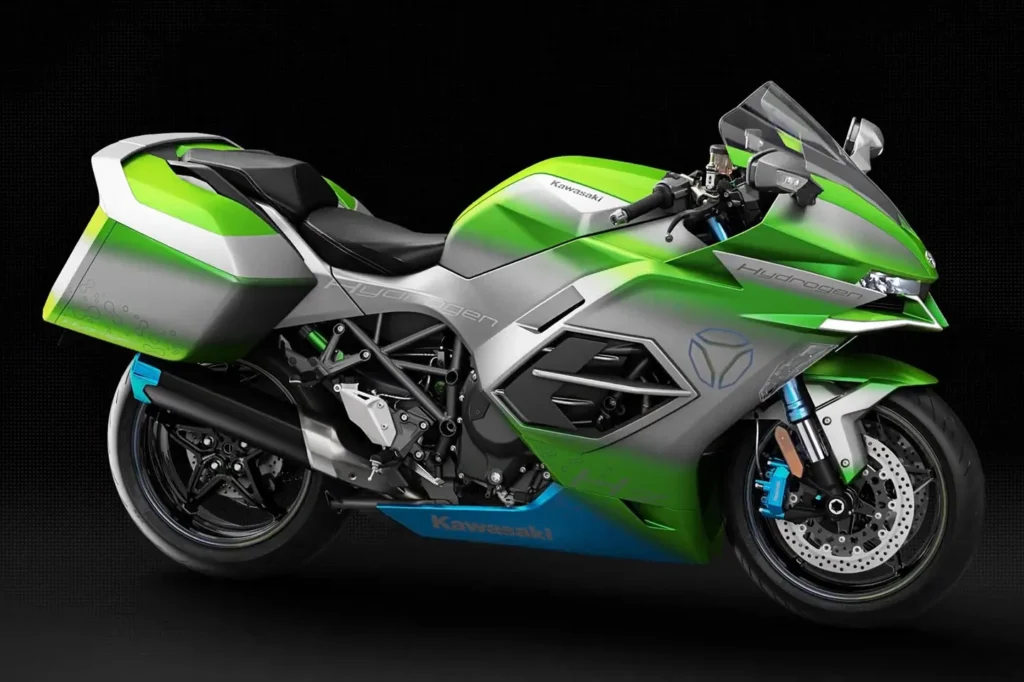
Kawasaki’s foray into hydrogen-powered motorcycles marks a significant stride toward a more sustainable future for high-performance bikes. While the official debut awaits, the concept tantalizes enthusiasts with the promise of powerful, exhilarating, and emission-free rides.
As the automotive landscape evolves, Kawasaki’s visionary approach exemplifies a commitment to pushing the boundaries of eco-friendly innovation in the world of motorcycles.
Related Posts



